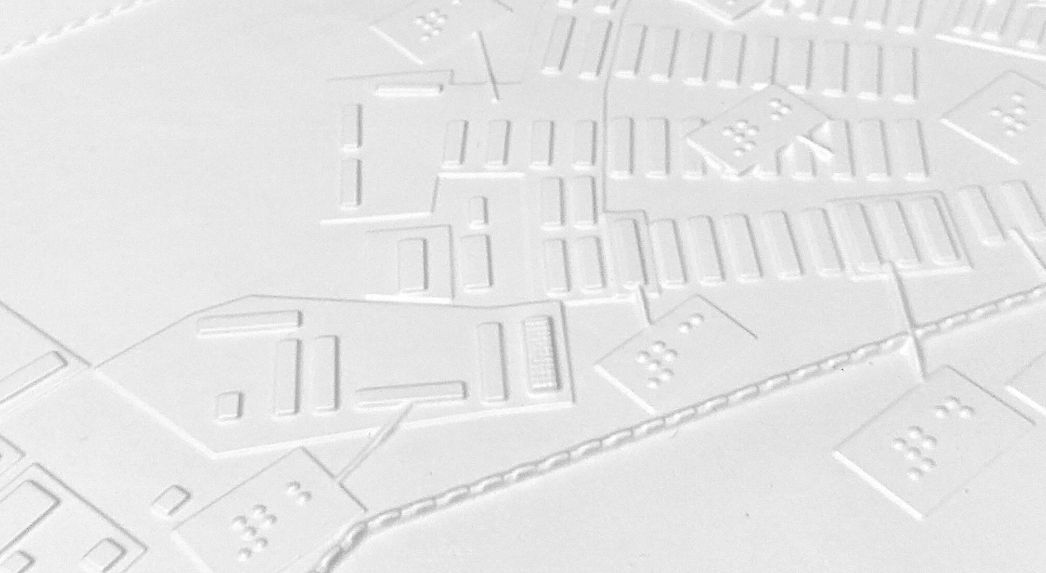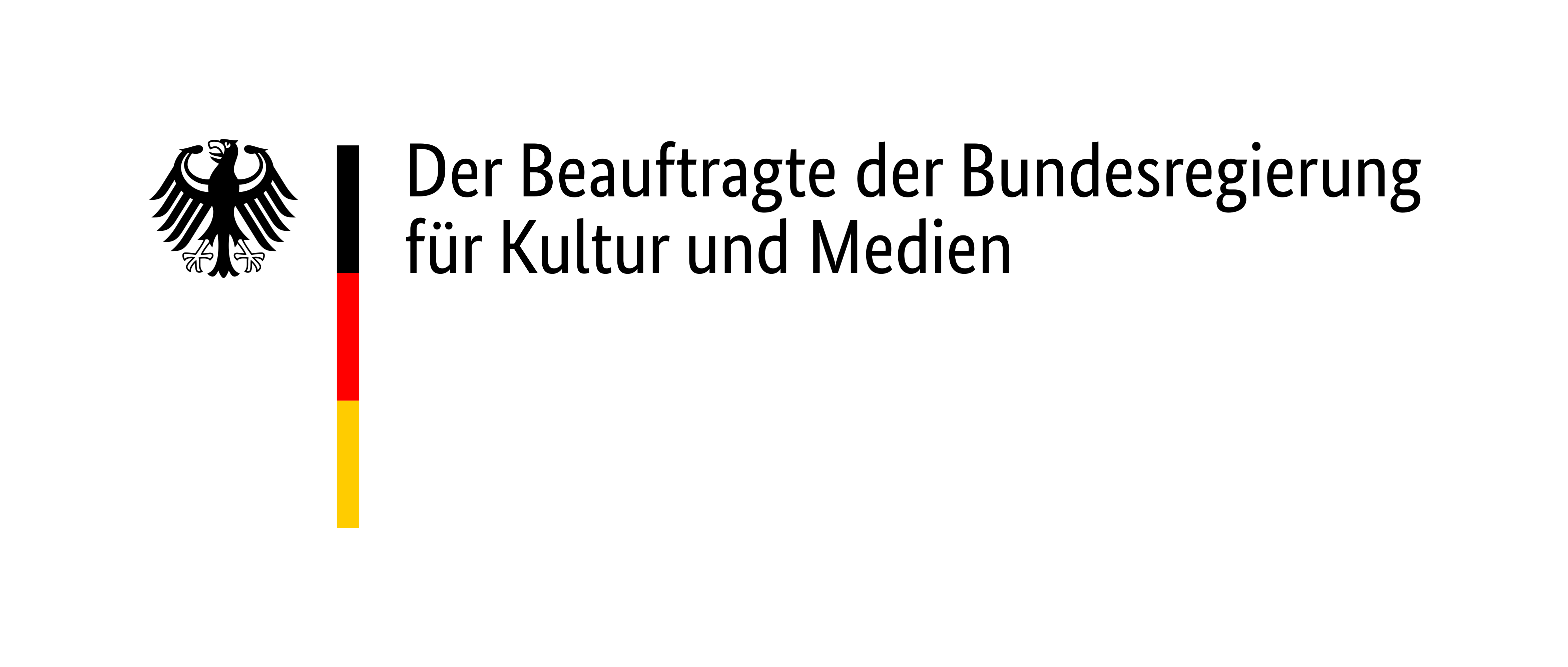
Barriers on Site
The memorial site is located on the Ettersberg near Weimar and is very extensive. The grounds of the former prisoner camp alone cover around 40 hectares and have a considerable gradient.
In particular, the paths there are not or only partially accessible for people with limited mobility and wheelchair users (and cannot be designed accordingly for reasons of monument protection). The ground here consists of paths paved with fine gravel or coarse stone and is also difficult to navigate in places due to the slope of the terrain. The other parts of the memorial site also have uneven surfaces, steps and difficult conditions for people with limited mobility and wheelchair users.
In general, there are few seating options in the outdoor area of the memorial site, which means that a visit to the site or, for example, a tour can result in longer standing times. This applies in particular to the period from the end of October to the end of March, when there is no seating available in the outdoor area of the site.
Information boards and site plans in the grounds of the memorial are also not provided with translations in Braille. For blind and visually impaired visitors, however, a tactile map of the former Buchenwald concentration camp with descriptions in Braille is available for loan in the information building.
Assistance dogs are permitted on the entire site.
Barriers in buildings
The visitor information centre, the bookshop and the museum café are easily accessible. There are ramps and a WC for wheelchair users. The archive and library in the neighbouring building can be reached by lift by prior arrangement.
Historical buildings
There are barriers in some accessible historical buildings, partly for reasons of monument protection. This applies to the former detention cell building (‘bunker’), the former incineration plant (‘crematorium’) and the building of the former prisoners' canteen. Due to steps or narrow door widths, the buildings mentioned are not accessible to wheelchair users, or only to a very limited extent.
Information boards in the buildings are also not provided with Braille.
Exhibition buildings
The exhibition buildings of the permanent exhibitions on the history of Buchenwald Concentration Camp and the history of Soviet Special Camp No. 2 are accessible at ground level or with lifts. The art exhibition in the former disinfection building, on the other hand, is only partially wheelchair-accessible.
Much of the content in these exhibitions is only accessible to wheelchair users or visitors with visual impairments to a very limited extent due to the height and inclination of the display cases and unsuitable font sizes and display formats.
A height-adjustable wheelchair is only available to visitors in the building of the permanent exhibition on the history of the concentration camp. If you would like to use the wheelchair there, please notify the visitor information centre by telephone 24 hours before your visit.
There is currently no floor guidance system in the exhibitions and no information in Braille for blind visitors. Due to the respective exhibition architecture and to avoid accidents, we therefore recommend that you only visit the exhibitions with a sighted guide.
A curated exhibition tour using an audio guide is available for the permanent exhibition on the history of the concentration camp. This is also available in German sign language in the Buchenwald app for mobile devices. Due to the lack of a floor guidance system, we recommend that blind and visually impaired visitors only use the audio guide when accompanied by a sighted person, as the route through the rooms is considerably more difficult without visual orientation.
All exhibition texts are in difficult language. Orientation in the exhibitions can be challenging. We therefore recommend that visitors who require explanations in simple language or assistance with spatial orientation always visit the exhibitions with a supportive guide.
International Youth Meeting Centre
The buildings of the youth meeting centre are accessible for wheelchair users. A limited number of wheelchair-accessible accommodation options are available.
We generally recommend that visitors with limited mobility and wheelchair users, visitors who are blind or visually impaired and visitors with hearing impairments check the memorial website or contact the staff at the visitor information centre or the youth meeting centre by email or telephone before their visit to find out about the current situation and any support options.

